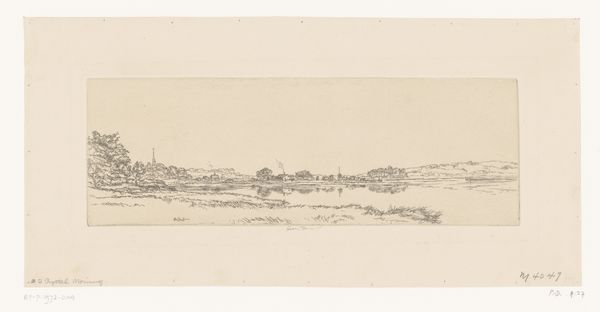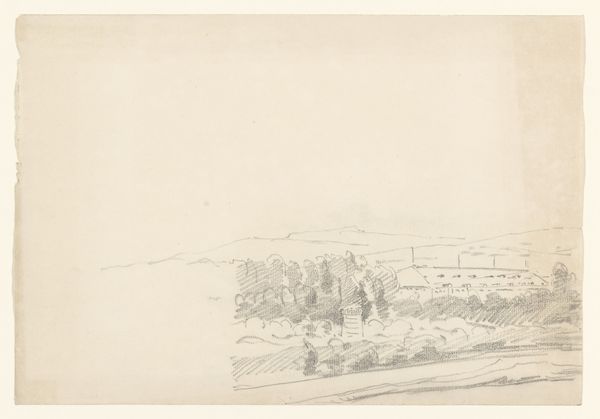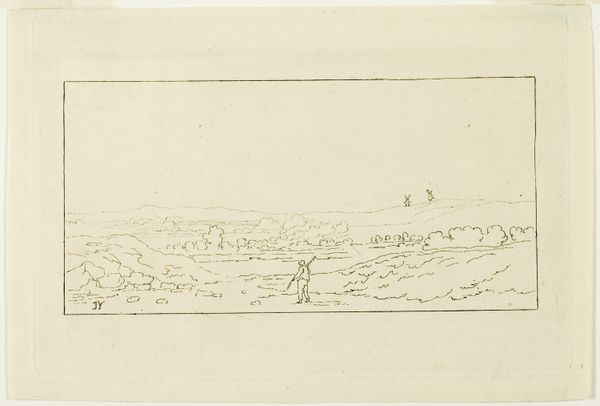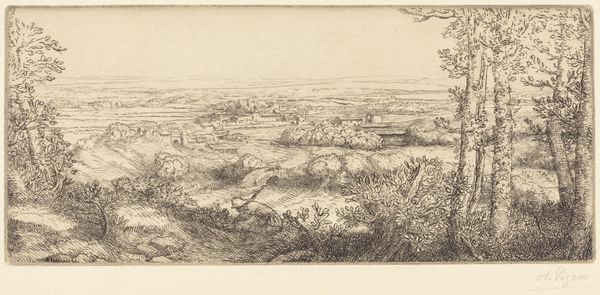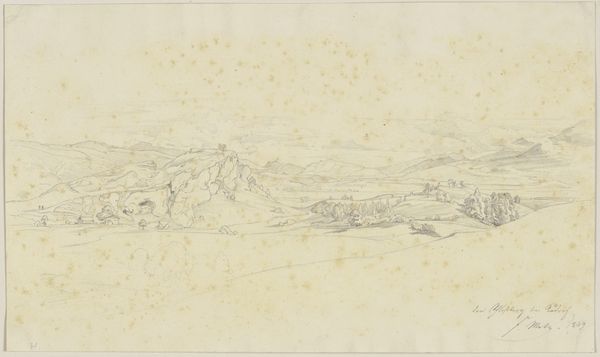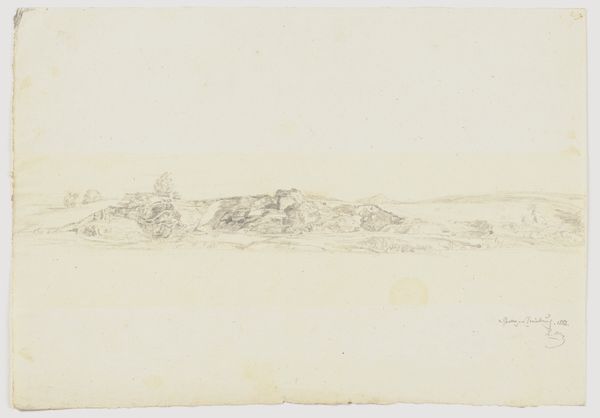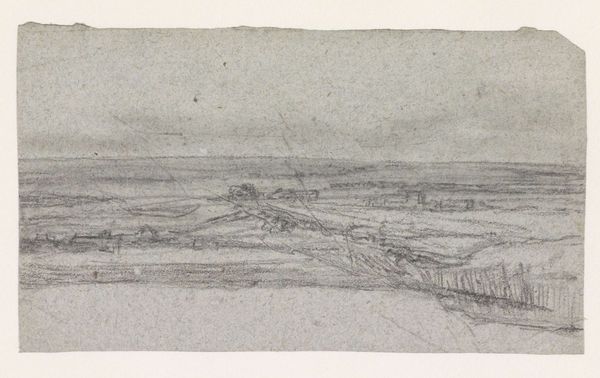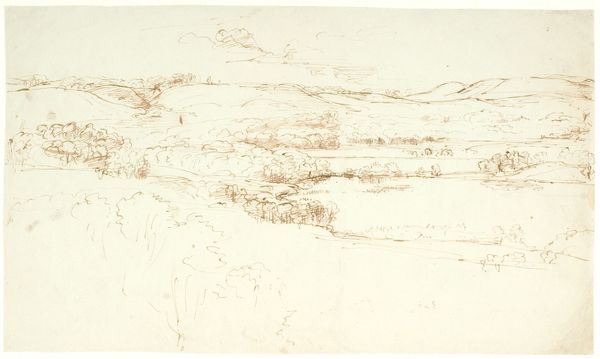
print, etching
# print
#
etching
#
landscape
#
etching
#
realism
Dimensions: height 102 mm, width 285 mm
Copyright: Rijks Museum: Open Domain
Johannes Löhr created this etching, "Glooiend landschap met dorp" or "Rolling landscape with village" sometime between 1900 and 1928. During this time, landscape art served not only as a depiction of the natural world, but also as a reflection of national identity and cultural values. Löhr's image presents a seemingly idyllic scene of a village nestled within a rolling landscape. The light and shadow play across the etching, creating a sense of depth and texture that invites the viewer to immerse themselves in the scene. Yet the village is presented with a certain level of abstraction, which subtly obscures its true nature. The scene is not overly romanticized, instead, there is a tension that exists between nature and the human intervention upon it. Löhr seems to propose the question: can we appreciate the beauty of a landscape without overlooking the social structures that shape our experience of it? In viewing this landscape, consider how your own cultural background might influence your interpretation, and what aspects of identity are highlighted or obscured in this representation of a rural scene.
Comments
No comments
Be the first to comment and join the conversation on the ultimate creative platform.

